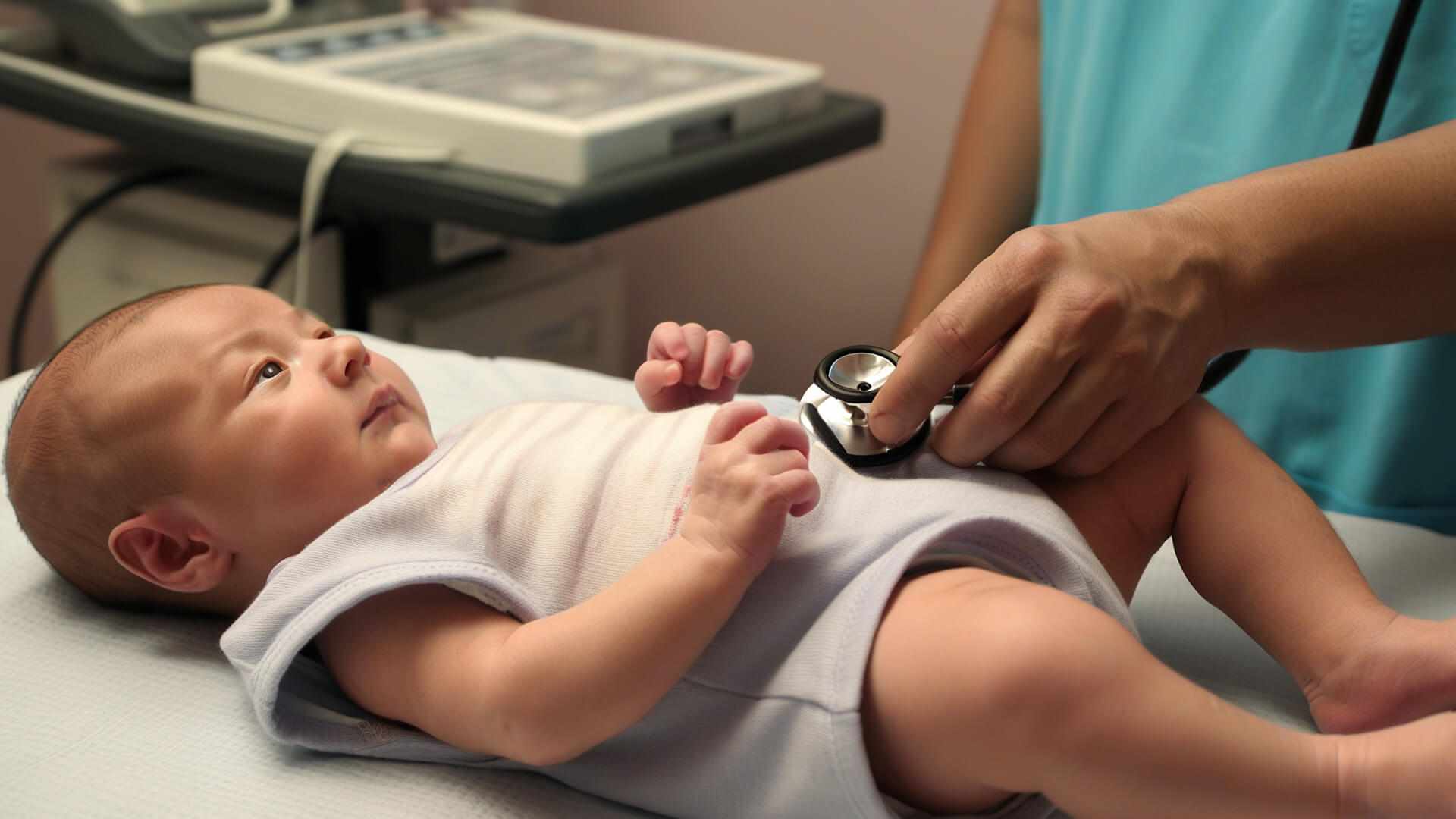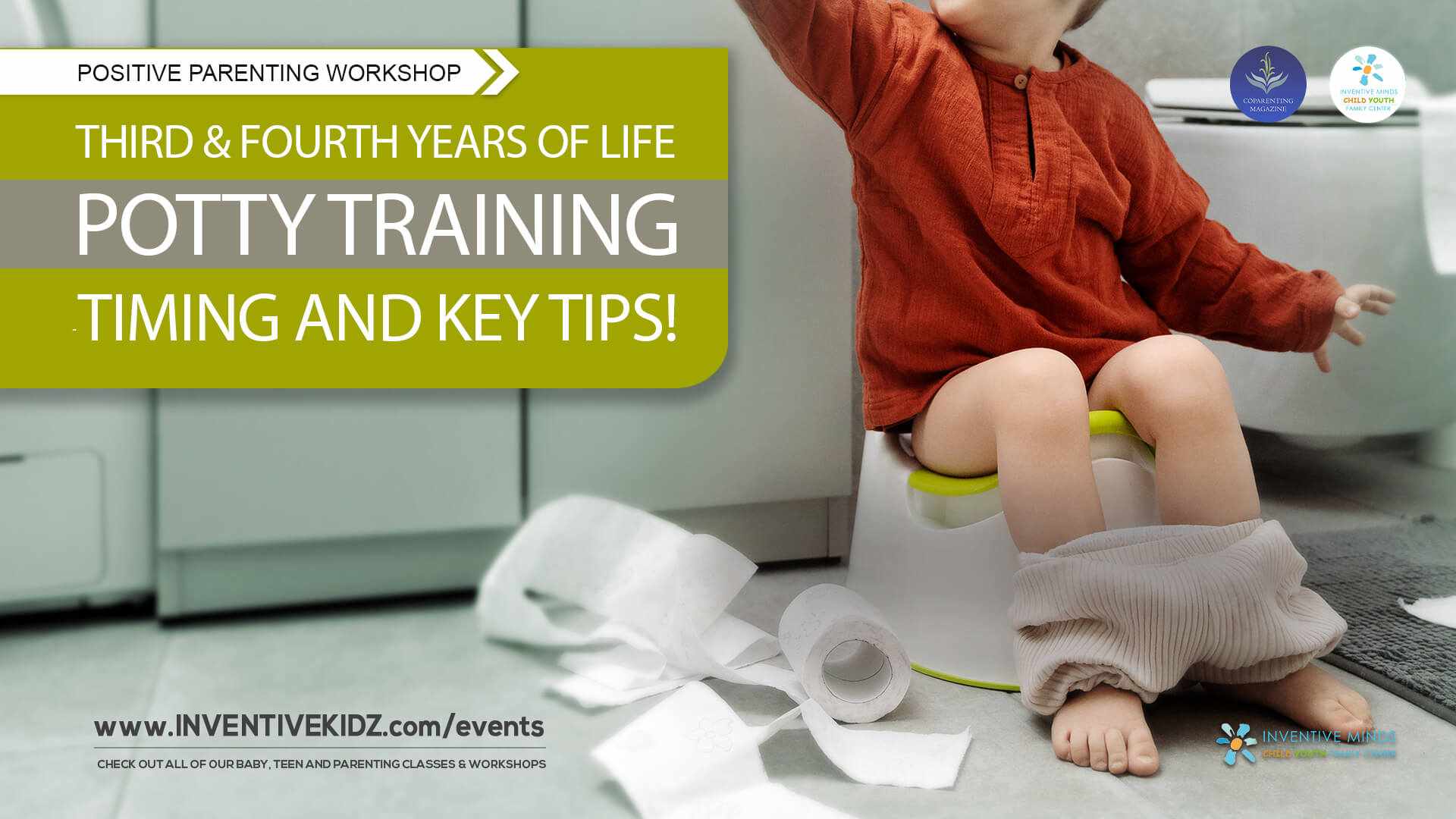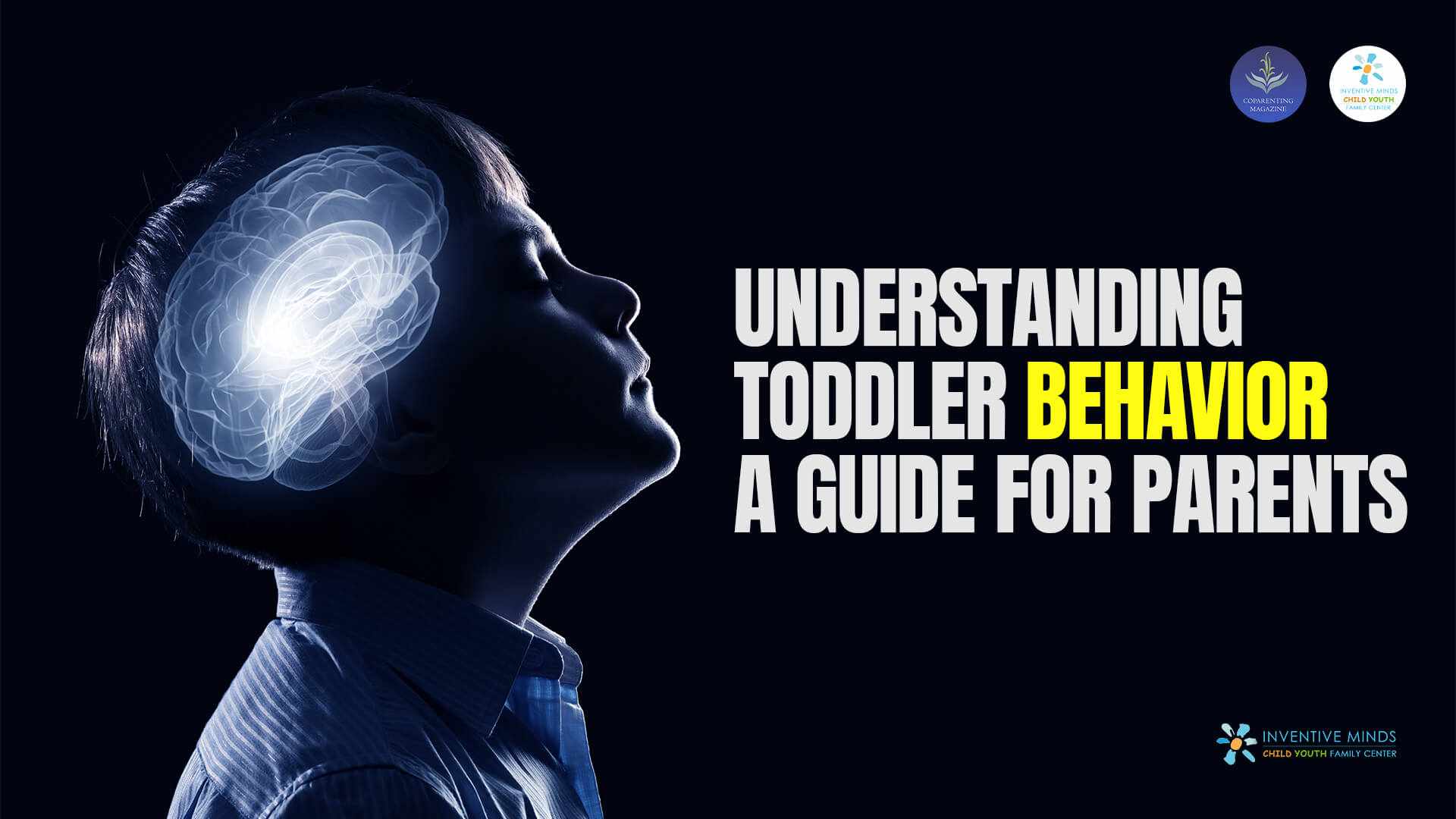Your Newborn’s First Checkup: Early Assessment, Physical Examination and Screenings


Your Newborn’s First Checkup: Early Assessment, Physical Examination and Screenings
 By Inventive Minds Kidz Academy
By Inventive Minds Kidz Academy
 Added Tue, Apr 15 2025
Added Tue, Apr 15 2025
 By Inventive Minds Kidz Academy
By Inventive Minds Kidz Academy
Added Tue, Apr 15 2025
Hey, Thanks For Subscribing!
Please check for a confirmation message and ensure you add us to a safe email list.
If you don't see a message in the next five minutes, check your spam or junk folders and mark our emails safe for next time.
See you soon!
Duplicate Email Found!
Well this is embarrassing... It looks like is already registered.
We have just sent an email to that address with a link to manage the subscription with us. If you don't see a message in the next five minutes, check the spam or junk folders, it's definitely there.
See you soon!

The newborn period is the most critical time for detecting and potentially preventing medical issues. Many health conditions can be diagnosed at birth, and early detection can prevent serious complications. Physical examinations and screening lab tests are essential tools for identifying conditions that may not be immediately apparent but can significantly impact a baby’s growth, development, and long-term health.
According to the Nelson Textbook of Pediatrics, “Early identification of congenital or acquired conditions through physical examination and screening allows for timely interventions that can prevent complications, reduce morbidity, and enhance overall outcomes.” These assessments ensure that the newborn receives the best possible start in life and provide parents with peace of mind and critical information about their newborn's health.
Physical Examination of the Newborn
The first assessment occurs immediately after birth, typically performed by the attending obstetrician. This initial examination evaluates the baby’s overall health and adaptation to life outside the womb. According to Nelson Textbook of Pediatrics, "The examination should begin with an assessment of the baby’s general appearance, including activity, tone, color, and breathing patterns." This evaluation identifies any urgent issues requiring immediate attention.
Once the baby is transferred to the maternity ward, a more comprehensive physical examination is conducted by a pediatrician. This includes:
-
Head and Neck:
-
Inspect for cranial molding or birth injuries, such as cephalohematoma. While cephalohematomas often resolve naturally, subgaleal hemorrhages require urgent care due to the risk of hypovolemic shock.
-
Palpate fontanelles and sutures to assess for abnormalities like craniosynostosis, which can affect brain growth.
-
Inspect eyes for red reflexes to rule out cataracts or retinoblastoma. Check corneas for cloudiness, which may indicate congenital glaucoma. A yellowish hue in the sclera may suggest hyperbilirubinemia.
-
-
Skin:
-
Examine for jaundice, rashes, or birthmarks such as Mongolian spots and hemangiomas.
-
Identify abnormal findings like cyanosis or petechiae. Central cyanosis can indicate serious cardiac or respiratory conditions.
-
-
Heart and Lungs:
-
Auscultate for heart murmurs that may suggest congenital heart defects (e.g., VSD or PDA).
-
Monitor for respiratory distress signs such as grunting or nasal flaring, which could indicate neonatal respiratory distress syndrome.
-
Screen for Critical Congenital Heart Disease (CCHD) via pulse oximetry within 24 hours of birth. Early diagnosis significantly reduces morbidity and mortality.
-
-
Abdomen:
-
Palpate for organomegaly or masses.
-
Inspect the umbilical cord for signs of infection.
-
-
Hips and Shoulders:
-
Perform Ortolani and Barlow maneuvers to screen for developmental dysplasia of the hip (DDH). A palpable "clunk" during Ortolani suggests reduction of a dislocated hip.
-
Check for clavicle fractures and brachial plexus injuries, common in difficult deliveries.
-
-
Neurologic System:
-
Assess reflexes (Moro, rooting, and grasp) as indicators of neurological health. Absence or asymmetry may require further investigation.
-
The physical examination is usually repeated within the first 24–48 hours and before discharge to detect conditions that may emerge after birth.
Parents' Role in Routine Physical Examination
While healthcare professionals perform detailed assessments, parents play a crucial role by observing and reporting any unusual signs or behaviors, such as:
-
Monitoring feeding and sleep patterns
-
Checking the umbilical cord for infection
-
Observing skin color and the sclera for jaundice
-
Noting unusual movements or reflexes
Laboratory-Based Screenings
In Canada, newborn screening programs detect various inherited and metabolic conditions. A small blood sample is collected via heel prick within the first 24–48 hours of life. This test identifies disorders that may not present immediate symptoms but can cause severe complications if untreated.
According to Nelson Textbook of Pediatrics, "Early identification through blood spot testing is vital for conditions such as phenylketonuria (PKU), congenital hypothyroidism, cystic fibrosis, and sickle cell disease."
Screening for Hearing and Vision
Hearing:
-
Universal Newborn Hearing Screening (UNHS) uses otoacoustic emissions (OAEs) or auditory brainstem response (ABR) to detect hearing loss. Early identification allows timely interventions essential for language development.
Vision:
-
Routine visual screening isn't recommended for all babies, but preterm or high-risk newborns may undergo specialized exams for conditions like retinopathy of prematurity (ROP). These screenings are typically for babies born before 31 weeks gestation or under 1500 grams, conducted 4–6 weeks after birth.
How Parents Can Support Early Assessment
As a parent, you play a pivotal role:
-
Ensure all recommended screenings are completed within the first 48 hours.
-
Understand test results and follow up on any abnormalities.
-
Ask your pediatrician about warning signs to monitor during your baby’s first weeks.
-
Share your family medical history, as it may impact additional screenings. For instance, G6PD deficiency (aka favism) is not routinely screened in Canada but is recommended for certain ethnic groups or families with a history of the condition.
References
-
Nelson Textbook of Pediatrics, 22nd ed., Chapter 104
-
Nelson Textbook of Pediatrics, 21st ed., Chapter 113
-
Mayo Clinic: Postpartum Care After a Vaginal Delivery
-
Stanford Medicine Children’s Health: Newborn Assessments
-
KidsHealth by Nemours: Newborn Screening Tests
-
Various Canadian Provincial Newborn Screening Guidelines
The newborn period is the most critical time for detecting and potentially preventing medical issues. Many health conditions can be diagnosed at birth, and early detection can prevent serious complications. Physical examinations and screening lab tests are essential tools for identifying conditions that may not be immediately apparent but can significantly impact a baby’s growth, development, and long-term health.
According to the Nelson Textbook of Pediatrics, “Early identification of congenital or acquired conditions through physical examination and screening allows for timely interventions that can prevent complications, reduce morbidity, and enhance overall outcomes.” These assessments ensure that the newborn receives the best possible start in life and provide parents with peace of mind and critical information about their newborn's health.
Physical Examination of the Newborn
The first assessment occurs immediately after birth, typically performed by the attending obstetrician. This initial examination evaluates the baby’s overall health and adaptation to life outside the womb. According to Nelson Textbook of Pediatrics, "The examination should begin with an assessment of the baby’s general appearance, including activity, tone, color, and breathing patterns." This evaluation identifies any urgent issues requiring immediate attention.
Once the baby is transferred to the maternity ward, a more comprehensive physical examination is conducted by a pediatrician. This includes:
-
Head and Neck:
-
Inspect for cranial molding or birth injuries, such as cephalohematoma. While cephalohematomas often resolve naturally, subgaleal hemorrhages require urgent care due to the risk of hypovolemic shock.
-
Palpate fontanelles and sutures to assess for abnormalities like craniosynostosis, which can affect brain growth.
-
Inspect eyes for red reflexes to rule out cataracts or retinoblastoma. Check corneas for cloudiness, which may indicate congenital glaucoma. A yellowish hue in the sclera may suggest hyperbilirubinemia.
-
-
Skin:
-
Examine for jaundice, rashes, or birthmarks such as Mongolian spots and hemangiomas.
-
Identify abnormal findings like cyanosis or petechiae. Central cyanosis can indicate serious cardiac or respiratory conditions.
-
-
Heart and Lungs:
-
Auscultate for heart murmurs that may suggest congenital heart defects (e.g., VSD or PDA).
-
Monitor for respiratory distress signs such as grunting or nasal flaring, which could indicate neonatal respiratory distress syndrome.
-
Screen for Critical Congenital Heart Disease (CCHD) via pulse oximetry within 24 hours of birth. Early diagnosis significantly reduces morbidity and mortality.
-
-
Abdomen:
-
Palpate for organomegaly or masses.
-
Inspect the umbilical cord for signs of infection.
-
-
Hips and Shoulders:
-
Perform Ortolani and Barlow maneuvers to screen for developmental dysplasia of the hip (DDH). A palpable "clunk" during Ortolani suggests reduction of a dislocated hip.
-
Check for clavicle fractures and brachial plexus injuries, common in difficult deliveries.
-
-
Neurologic System:
-
Assess reflexes (Moro, rooting, and grasp) as indicators of neurological health. Absence or asymmetry may require further investigation.
-
The physical examination is usually repeated within the first 24–48 hours and before discharge to detect conditions that may emerge after birth.
Parents' Role in Routine Physical Examination
While healthcare professionals perform detailed assessments, parents play a crucial role by observing and reporting any unusual signs or behaviors, such as:
-
Monitoring feeding and sleep patterns
-
Checking the umbilical cord for infection
-
Observing skin color and the sclera for jaundice
-
Noting unusual movements or reflexes
Laboratory-Based Screenings
In Canada, newborn screening programs detect various inherited and metabolic conditions. A small blood sample is collected via heel prick within the first 24–48 hours of life. This test identifies disorders that may not present immediate symptoms but can cause severe complications if untreated.
According to Nelson Textbook of Pediatrics, "Early identification through blood spot testing is vital for conditions such as phenylketonuria (PKU), congenital hypothyroidism, cystic fibrosis, and sickle cell disease."
Screening for Hearing and Vision
Hearing:
-
Universal Newborn Hearing Screening (UNHS) uses otoacoustic emissions (OAEs) or auditory brainstem response (ABR) to detect hearing loss. Early identification allows timely interventions essential for language development.
Vision:
-
Routine visual screening isn't recommended for all babies, but preterm or high-risk newborns may undergo specialized exams for conditions like retinopathy of prematurity (ROP). These screenings are typically for babies born before 31 weeks gestation or under 1500 grams, conducted 4–6 weeks after birth.
How Parents Can Support Early Assessment
As a parent, you play a pivotal role:
-
Ensure all recommended screenings are completed within the first 48 hours.
-
Understand test results and follow up on any abnormalities.
-
Ask your pediatrician about warning signs to monitor during your baby’s first weeks.
-
Share your family medical history, as it may impact additional screenings. For instance, G6PD deficiency (aka favism) is not routinely screened in Canada but is recommended for certain ethnic groups or families with a history of the condition.
References
-
Nelson Textbook of Pediatrics, 22nd ed., Chapter 104
-
Nelson Textbook of Pediatrics, 21st ed., Chapter 113
-
Mayo Clinic: Postpartum Care After a Vaginal Delivery
-
Stanford Medicine Children’s Health: Newborn Assessments
-
KidsHealth by Nemours: Newborn Screening Tests
-
Various Canadian Provincial Newborn Screening Guidelines
Most Talked About Posts
You May Also Like
Staff Picks
Now Trending
Our Newsletter
Duplicate Email Found!
Well this is embarrassing... It looks like is already registered.
We have just sent an email to that address with a link to manage the subscription with us. If you don't see a message in the next five minutes, check the spam or junk folders, it's definitely there.
See you soon!
Join Our Newsletter
Hey, Thanks For Subscribing!
Please check for a confirmation message and ensure you add us to a safe email list.
If you don't see a message in the next five minutes, check your spam or junk folders and mark our emails safe for next time.
See you soon!
Duplicate Email Found!
Well this is embarrassing... It looks like is already registered.
We have just sent an email to that address with a link to manage the subscription with us. If you don't see a message in the next five minutes, check the spam or junk folders, it's definitely there.
See you soon!










